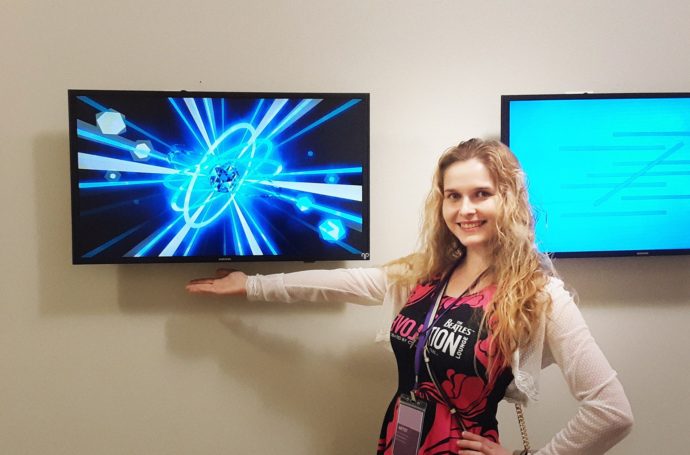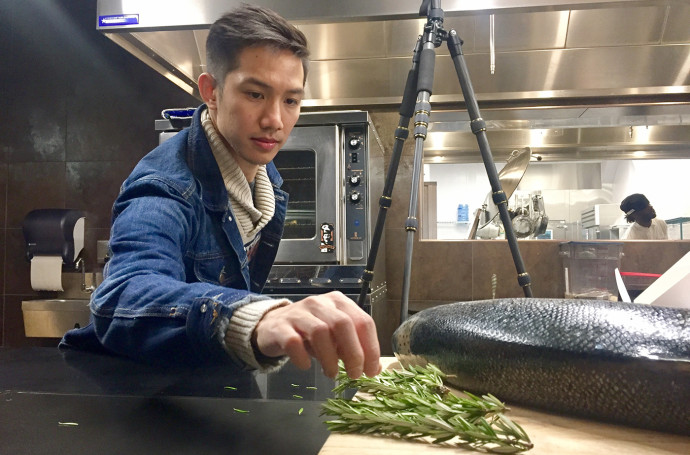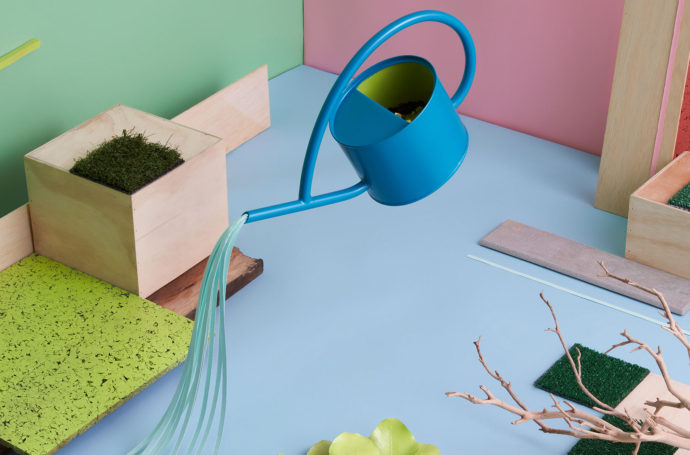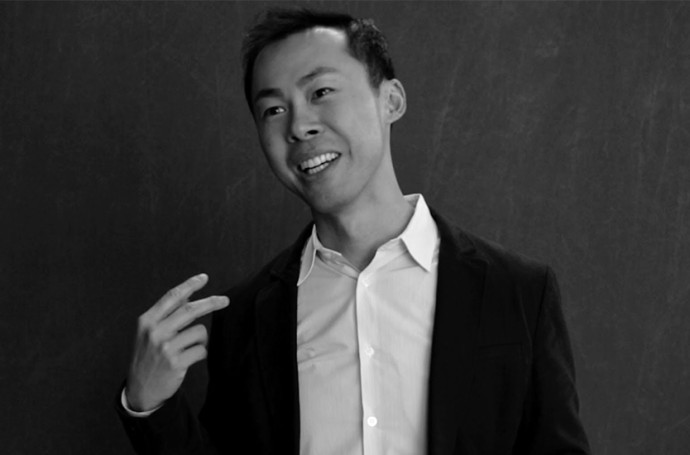I’ve always been able to visualize sound since I was little. I thought it was normal to “see sound”. I didn’t know it was a rare ability until I discovered I had synesthesia when I was a junior in college.
The first time I really explored this concept was at Ringling Precollege for a 2D Design class. We had to interpret a song of our choosing into color and shape, and depict it in a single still. I wasn’t sure what to do, so I tried to imagine how my brother, who has low verbal autism, would “see” the song. The instructor was struck by my design, and wanted to discuss it further. He thought my skill was “exemplary”, but I still didn’t know it was synesthesia and how rare my skill actually was.
Synesthesia is a neurological condition in which information meant to stimulate one of your senses actually stimulates two or more. In my case, I can see sound as shape and color, which is referred to as “sound-to-color”. Synesthesia is a broad term that applies to the crossover between any of the five senses.
Some people are able to see the colors of numbers, or the taste of shapes. Many artists and designers that have synesthesia grew with the phenomenon by embracing their raw subconscious interpretation of the senses. Some notable examples of artists that developed animations around their synesthesia are Oskar Fischinger, Len Lye, and Norman McClaren. The nature of their examples are also “sound-to-color”, and may help illustrate how intricate the crossover process can be.
One thing to remember about synesthesia is that it’s purely subjective to the perception of the individual. Two people with “sound-to-color” synesthesia can have a vastly different visual interpretations for the same sound. Both answers are correct and valid because it points to how each person interprets the sensory input.
Because I have “sound-to-color” synesthesia, I am able to see music as color and shape, which is beneficial for applying animation to objects. Since I’ve studied design, I can apply design principles to my synesthesia and expand on that visual perception in a more broad scope.

I wouldn’t have known I had synesthesia if I hadn’t challenged myself and explored new art techniques. After I honed my skills and took a chance by submitting my synesthesia project to the 2019 Adobe Design Achievement Awards, I wouldn’t have made it to this year’s global Top Talent class and be recognized as one of the top emerging creators in the world.
Even if you don’t have synesthesia, it is possible for anyone to discover a unique ability by exploring beyond what they already know. Whether you have a school assignment or a new client, each project is an opportunity to learn something new about yourself. You might even discover your own unique superpower that will change your art forever.
Natalie Palumbo is a Motion Graphics Designer/Visual Effects Compositor based in New York City. She graduated from Ringling College of Art & Design as a Motion Design major. Her project “Live Synesthesia” was a client project for a New Year’s event in Manhattan, and received “Top Talent” in the 2019 Adobe Design Achievement Awards in the category of Motion Graphics + Animation.
Where to find Natalie Palumbo
Website | https://www.natalieapalumbo.com
Twitter | @natalieapalumbo
Instagram | @natalieapalumbo
Behance | https://www.behance.net/NatalieAPalumbo
LinkedIn | https://www.linkedin.com/in/natalieapalumbo
IMDb | imdb.me/natalieapalumbo




